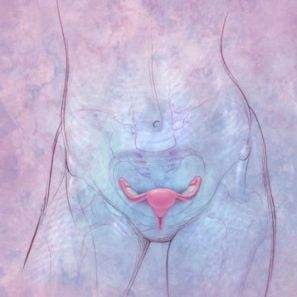Vaginal atrophy is also known as atrophic vaginitis and is characterized by shrinking and thinning of the vaginal tissue, along with a typical vaginal dryness and inflammation. The main reason for this problem is thought to be insufficient estrogen production in the body.
When does vaginal atrophy occur?
In general, this problem is seen to occur during and after menopause when there is significant depletion in levels of estrogen in the body when the ovaries stop producing estrogen as before. It is also seen to occur when a woman is breastfeeding when estrogen levels could be lower than normal.
 Certain medications, treatments such as radiation and/or chemotherapy, surgical removal of the ovaries for any reason, certain immune disorders and certain unknown reasons could also cause estrogen depletion and consequent vaginal atrophy.
Certain medications, treatments such as radiation and/or chemotherapy, surgical removal of the ovaries for any reason, certain immune disorders and certain unknown reasons could also cause estrogen depletion and consequent vaginal atrophy.
It is estimated that all menopausal women suffer vaginal atrophy to some extent, but that many are hesitant to seek remedy for it.
This is because of the fact that some amount of taboo still is connected with female sexuality and aging, as well as the ambivalent feelings that many women have towards the end of their childbearing years.
This set of circumstances often means that the situation is allowed to deteriorate before women seek treatment for vaginal atrophy, which can be quite simple and effective.
What are the symptoms of vaginal atrophy?
Vaginal soreness and itching are the main symptoms of the atrophy of the vagina. There could be general feelings of soreness and burning and will generally make sexual intercourse painful and uncomfortable. Sometimes the symptoms could be extreme enough to make sex impossible.
A white discharge that could be foul smelling will also be seen if there is some amount of infection in the genital area. There could be bleeding after intercourse as well and this condition is thought to be the principal cause of post menopausal bleeding.
Quite often urinary symptoms will also accompany vaginal atrophy, with burning sensation while passing urine, increased frequently and passage of blood along with urine. Incontinence and recurring urinary infection may also occur.
It is important to recognize the symptoms of vaginal atrophy early so that they can be prevented from getting worse. Usually the use of vaginal estrogen will help the situation, as will a water soluble vaginal lubricant used along with regular sexual activity. Many topical creams and lotions can help improve the situation and can be effective in relieving symptoms before they get worse.






